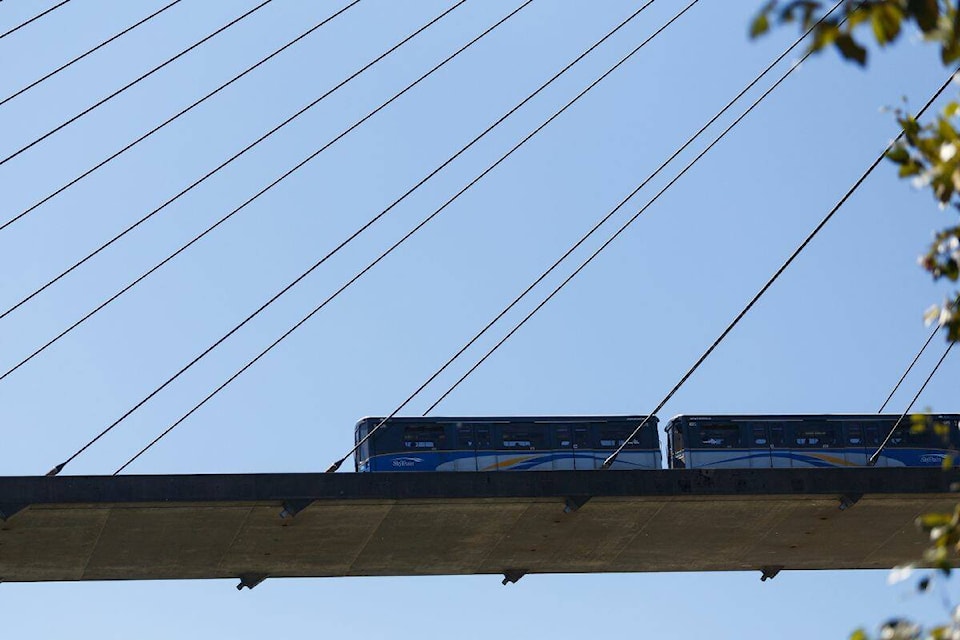TransLink is projecting an annual shortfall of $600 million beginning in 2026 if it is unable to find a better and more sustainable way to fund transit, the mayors’ council heard Wednesday.
CEO Kevin Quinn presented the structural deficit to the mayors Oct. 25, detailing that TransLink is projecting a $4.7-billion deficit beginning in 2026 until 2033.
Ridership recovery in the region has surpassed all other major systems in Canada and the U.S., making it the fourth-busiest rapid rail system and the third-busiest bus operator. Quinn added that ridership is 90 per cent of pre-pandemic levels.
READ MORE: TransLink’s SkyTrain system 4th busiest rapid transit in North America
“This rebound has created a new challenge where customers are now grappling with overcrowding and the frustration of being passed up by fully loaded buses.”
With that, Quinn said TransLink is facing issues around its funding model, which impacts the ability to expand services. Currently, the transit operator’s traditional funding model relies on fuel taxes, which Quinn said “just doesn’t work anymore.”
The fuel tax is based on the volume of fuel used, not the price at the pump.
“As drivers make the environmentally friendly choice to switch to electric vehicles, drive more fuel-efficient vehicles and simply drive less and choose to walk, roll or use transit more, our fuel-tax revenues have been flat for a number of years and they’re now starting to decline. We know they’re not coming back.”
TransLink was able to receive funding relief from senior levels of government in 2023, allowing it to be financially stable through to the end of 2025.
“But after that time, there is still no alternate funding model and the clock is ticking.”
That’s where the $4.7-billion funding gap comes in.
The report to the TransLink’s Mayors’ Council laid out the structural deficit and an analysis of the contributing factors to the deficit. The structural deficit appeared at the beginning of the pandemic with the decline in ridership, while the fare rate and property tax increases were kept lower to avoid adverse impact on the region as it recovered from the pandemic.
READ MORE: Metro Vancouver mayors call for public transit funding as ridership surges
Quinn said TransLink anticipated the decline in fuel-tax revenue for some time.
“What we didn’t expect was the sudden impact of inflation, the second pressure on our funding model. In short, our cost pressures are up for all the same reasons as everyone else here in this room.”
Mayors’ council chair Brad West said it’s important the public is aware of what TransLink is facing with its “outdated funding model” that his mayors’ council and previous ones have raised in years past.
“For a long time that discussion has been put off or it has been sent off a path that ensured its defeat. We’ve run out of that time. There’s no more kicking the can down the road.”
